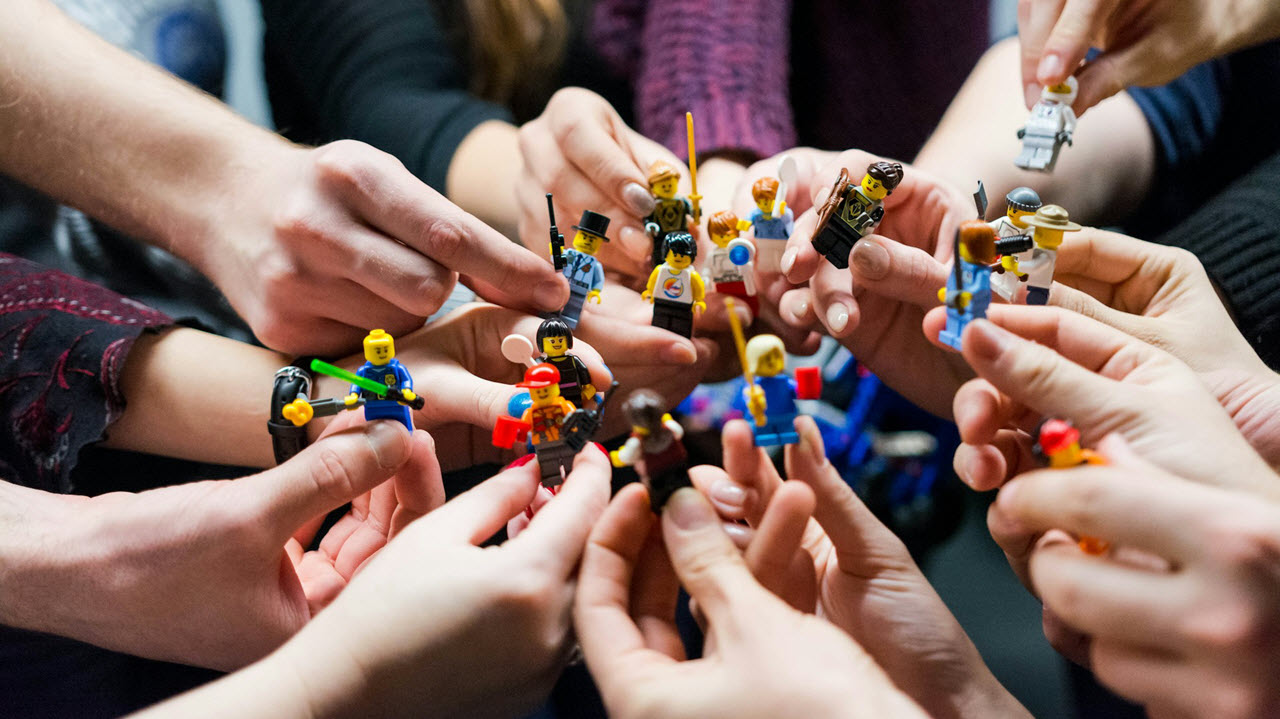Have you ever needed to learn something very quickly and then suddenly teach it to others?
What if your job depended on it? What if the stakes were as high as a historic national election?
That’s the kind of change management conundrum that Brandon Chaderton faced in his first few weeks on the job. As the Pennsylvania HR Director for Organizing 2020, Chaderton started in the role just as the COVID-19 pandemic sent everyone into lockdown.
That’s an acute challenge for an organization focused on on-the-ground political organizing.
So Chaderton had to learn how to work remotely for the first time himself, all while supporting 100 staff thrust into an unforeseen remote work situation during an election year no less.
“Politics is often the opposite of remote work. We’ve had to adjust for so many workstream changes. Our approach to human resources has become much more human-centered,” explained Chaderton.
“At its core, we need to be industry leaders in building a sense of belonging. Whether we’re on a Zoom meeting, a conference call, or in an email, now more than ever every interaction we have must be intentional and thoughtful,” he reflected.
Chaderton, like many of us, was puzzling through how to determine the shifts needed and the precise ways to execute them. That’s the heart of change management.
He quickly realized that the right tools, and even the right decisions, wouldn’t deliver results unless the human side of change was successfully managed. That is a grave challenge on its own without the added pressure of everyone suddenly going remote.
Blending human and technical needs to make change happen
We can’t just “tech” our way to change management success.
The new reality of remote work for many has driven the need for a huge number of tools, systems, and processes that make remote work possible—but they don’t guarantee its effectiveness.
Many companies think that they simply need to find the right technology and plug it in to make change happen. But there’s a much more robust set of strategies that organizations can employ to better manage change in remote work settings beyond their tech stack.
Deeper, iterative onboarding
According to Chaderton, “The guideposts for our roles have changed, along with the world’s attitude toward remote work. We need to adapt to our new normal, create a community of belonging, and a sense of intimacy from afar.”
If that’s true, then change managers need to shift how they think about onboarding.
Gone are the days when onboarding is a single hour or even day. Onboarding is now a continual and cyclical experience for remote workers.
Think question via Slack DM or training session as one moment in a longer arc of continued onboarding. The initial stages of onboarding an individual should focus on how to set them up for success when it comes to maintaining relationships, morale, and even mental health in the workplace—and how to do so over time as circumstances change.
Intentional social spaces
Remote work can be isolating. This has a significant impact on workers’ mental health.
So how can this sort of change be managed in a remote context?
Chaderton suggests an intentional approach to facing it head-on. “We don’t have water cooler conversation anymore so maybe we open up a room early to check in with each other. Setting aside time for guided practices like meditations, virtual happy hours, and mental wellness check-ins will be our new normal,” he shared.
While the moments tend to occur more organically when people are elbow-to-elbow in workplace settings, you’ve got to push harder to get things set up in remote contexts.
Ongoing support and culture
Chaderton advocates starting where people already are.
“Everyone’s situation is different but what holds us together is being able to understand building an empathetic company culture, going above and beyond what would normally be accepted,” he related.
If there’s been a shift toward remote work, consider reconfiguring core teams in light of the new conditions. This also gives people a chance to get to know new colleagues and perhaps even take a break from lingering conflict in their previous groups.
One approach could involve mixing up colleagues who are parents with those who are not in light of lockdown realities that many parents are facing pulling double duty between home-schooling and work.
The overall goal is to match expectations for team members with a corresponding unit of support—in whatever form—to help them reach their goals. In remote work context that prize efficiency and self-discipline, having real resources at the ready to support varying human needs becomes even more critical.
Making transparency, accountability, and open communication the pillars
Remote work calls for over-communication.
When moving from face-to-face workplace settings to remote work, you quickly realize how much of our communication is non-verbal. Because everyone’s individual work is less visible, the need to increase the frequency and quality of communication rises significantly.
In the remote work context, keeping operational processes clear and holding those with “the baton” responsible for each step is vital. With the social nature of work somewhat removed, the tasks are drawn into greater focus.
Without steady and open communication, it’s harder for team members to “see” where their roles begin and end, let alone how they can improve upon current standards.
Creating resilient and supportive remote workplaces is the new normal
The remote context brings both new opportunities and new challenges for modern workplaces.
Change management in the remote workplace just takes a little more intentional care.
From a more expansive approach to onboarding and a more deliberate approach to social spaces to regular coaching and changing communication norms, there’s a lot that change managers can do to help team members adjust to and thrive in new workplace circumstances.
With the right mix of technical tools and human-centered strategies, change management in the remote workplace can be effective and long-lasting.







